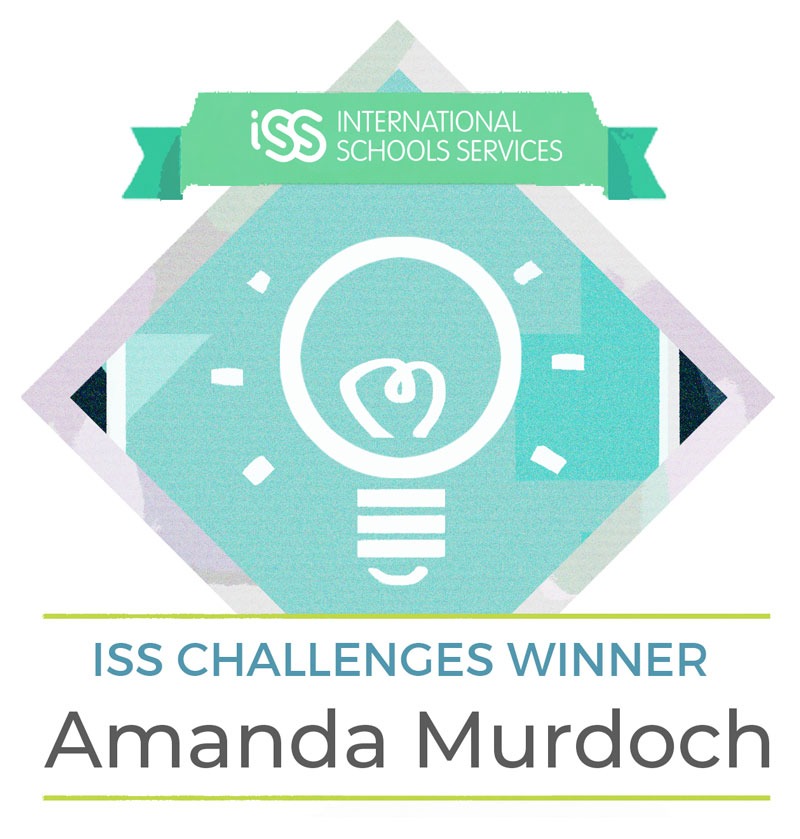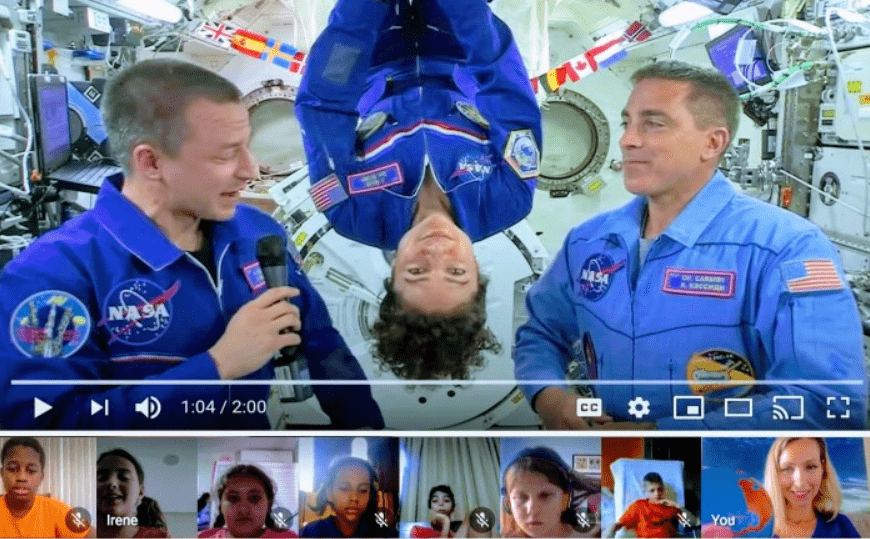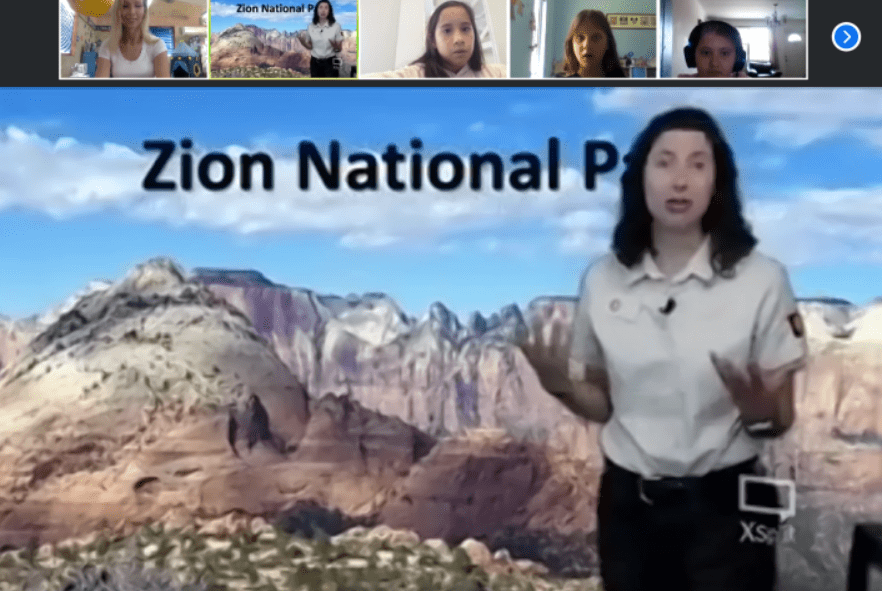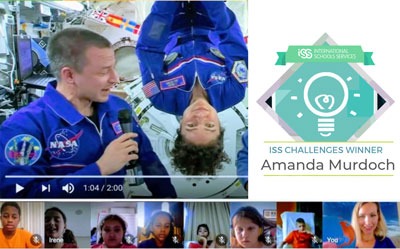ISS CHALLENGES Winner Amanda Murdoch: Virtual Field Trips

In this feature, Amanda Murdoch of the International School of Aruba explores the opportunities of virtual field trips.
Virtual Field Trips

Check out the CILC site here.
I will certainly continue with virtual field trips next school year, and our elementary team is already planning how to use this tool to bring the world into our classrooms.
Why is this idea important?
Virtual field trips offer students the ability to explore the world, make global connections, and learn from experts in their fields. The world becomes the classroom and the learning opportunities are endless!
What key tasks would need to be completed to get a prototype up and running?
A sharing tool or space where teachers can share the best virtual field trips with each other. Using a template and a rating scale, teachers could share the details of each trip and how it applies to teaching and learning.
How easy would it be to grow this idea across multiple schools or contexts?
The most challenging part of implementing virtual field trips is finding them. Once a sharing tool was established, it would be easy to implement. There are many high quality options which range from free to around $150. They used to require expensive video conferencing systems, but now most are also available on Zoom! This week my students participated in a free virtual field trip to the Smithsonian American Art Museum. They learned how to critically analyze artwork, and then partnered with an artist to create found object art. It wan incredible experience and collaboration!

What might be the tangible outcome/s of your idea?
- Increased engagement, inquiry, and wonder
- Deeper learning and understanding
- Increased connection to our global community
- An increase in understanding of environmental and global challenges
- Inspiration: For example, after our virtual field trip to the Smithsonian American Art Museum, my students were inspired to create their own found object artwork
- An increase in celebration of culture as students connect with educational programs from around the world
Thank you to Amanda for sharing this idea! Keep an eye out for other ISS Challenges winners, plus continue to share your own school initiatives and inspiration with #ISSedu.







